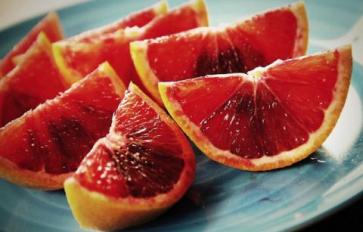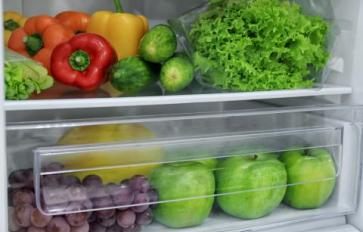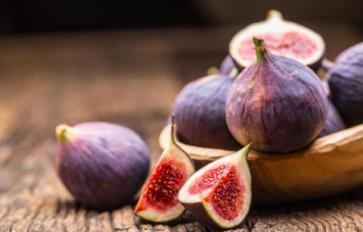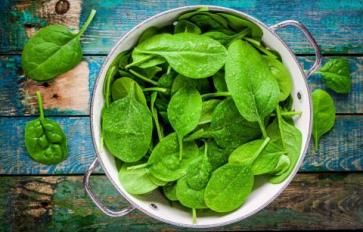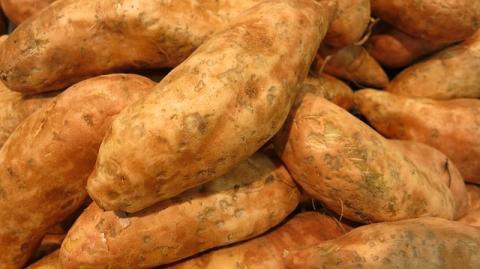
With fall finally here, it's beneficial to know which vegetables are in their prime. After all, in-season produce is always the freshest and most nutritious. Personally, I always try to eat in-season produce, but supermarkets don't seem to know the meaning of this (tomatoes in winter, anyone?).To really connect with the season of fall, here are five vegetables you should put on your plate this autumn.
Brussels Sprouts
These little green gems are generally in-season from late September to February. They're filled with vitamins K, C, and A, which means this vegetable promotes healthy bones, supports immune system health, and even prevents kidney stones.

When shopping for Brussels sprouts, feel free to buy them with or without their stem still attached. This won't affect the flavor; however, it is important to note smaller sprouts tend to taste sweeter, while bigger sprouts have a tendency to taste more like cabbage. To prepare them, just trim off the dry stem at the base and any loose outer leaves. There are so many different dishes to make featuring Brussels sprouts, but to keep it simple (and healthy), try roasting them.
Butternut Squash
Did you know butternut squash has more vitamin A than a pumpkin? That makes it a powerful antioxidant, good in protecting the body from lung and oral cavity cancers. Not to mention it keeps your skin and eyes looking (and operating) their best.

This cylindrical shaped squash comes into season late September through early March. When shopping for these cute squashes, make sure the skin is matte for the best flavor. Known for its buttery orange flesh, this squash does well when prepared as a delicious soup (especially on colder days) or roasted. Plus, you can save the seeds and roast them as a snack!
Turnips
Turnips are a little tricky - just like any other commercial vegetable, they're available year round. However, they are at their best during the fall, when they are fully mature, and spring, when they are smallest and sweetest. However, when shopping for turnips this fall, bigger is not necessarily better - the smaller ones with the smoothest skin will taste the best. Either way, turnips are loaded with vitamins A, C, E, and other nutrients such as folate, copper, calcium, and dietary fiber.

These make them good candidates for promoting bone health, aiding in digestion, and even preventing cancer. To get these amazing benefits, try sauteing them or making turnip fries (a great alternative to French fries).
Sweet Potatoes
These orange (or purple) fleshed tubers have generous amounts of vitamins A, C, and other nutrients like manganese, copper, potassium, and fiber (to name a few). These vegetables are loaded with antioxidants, have anti-inflammatory benefits, and even help regulate blood sugar levels. Since tubers generally don't like colder temperatures, they reach their peak before temperatures start dipping too low (aka the beginning of fall).

When shopping for sweet potatoes, the heavier, less blemished ones are your best bets in terms of quality. You can make sweet potato mash (perfect for Thanksgiving), or deliciously simple baked sweet potatoes.
Chinese Long Beans
These green beans are great sources of vitamins B1, B2 and B6, iron, fiber, and manganese. This makes them great for revitalizing energy, promoting digestive health, and even joint health. When shopping, be sure to choose brightly colored, flexible beans free of blemishes.

They are freshest from late summer to early fall, and taste great when boiled, drained, and seasoned with lemon juice, oil, pepper, and salt, or try them stir fried with garlic.


